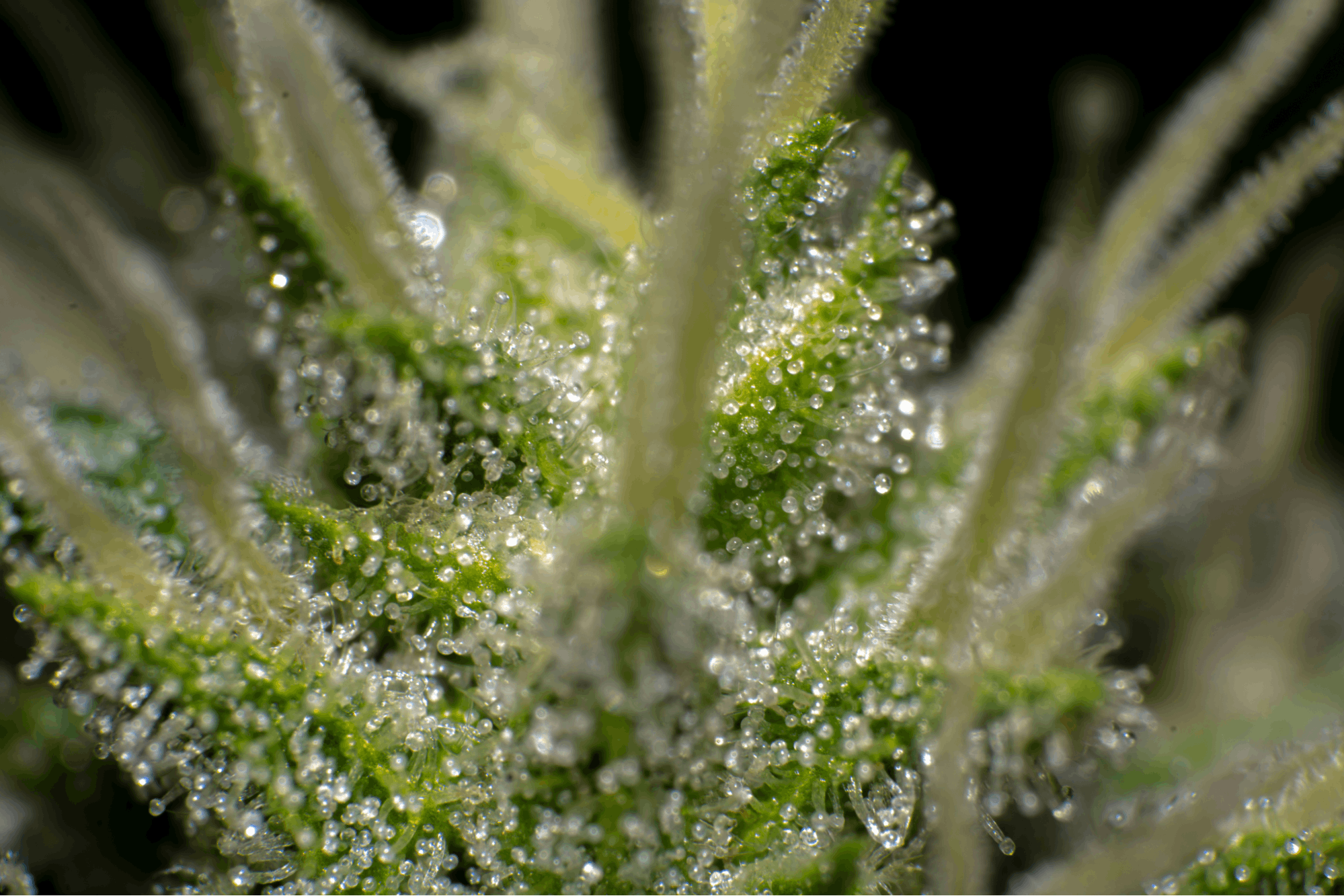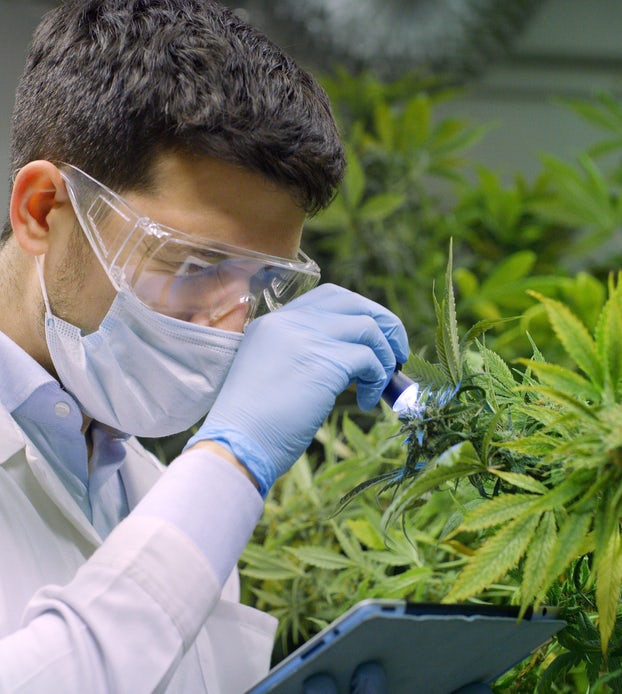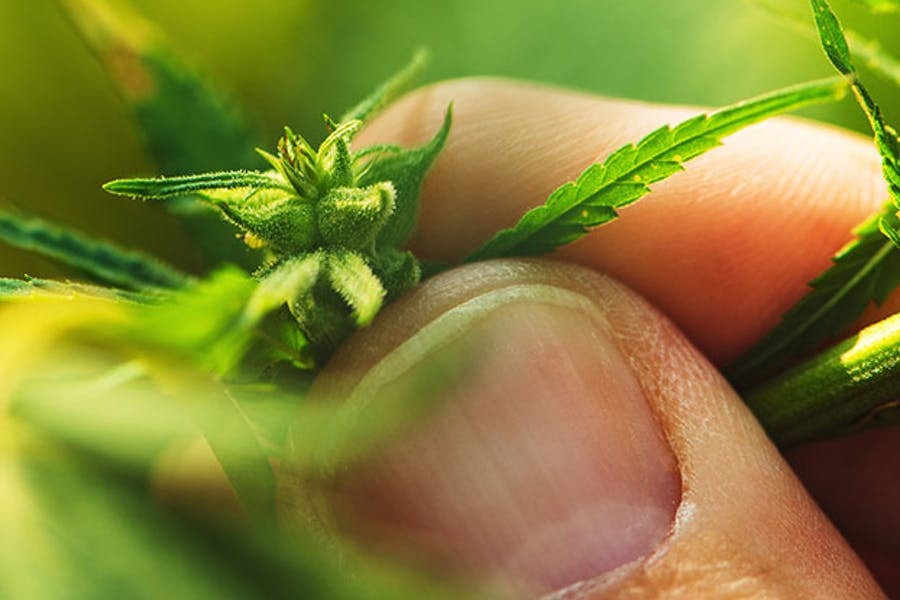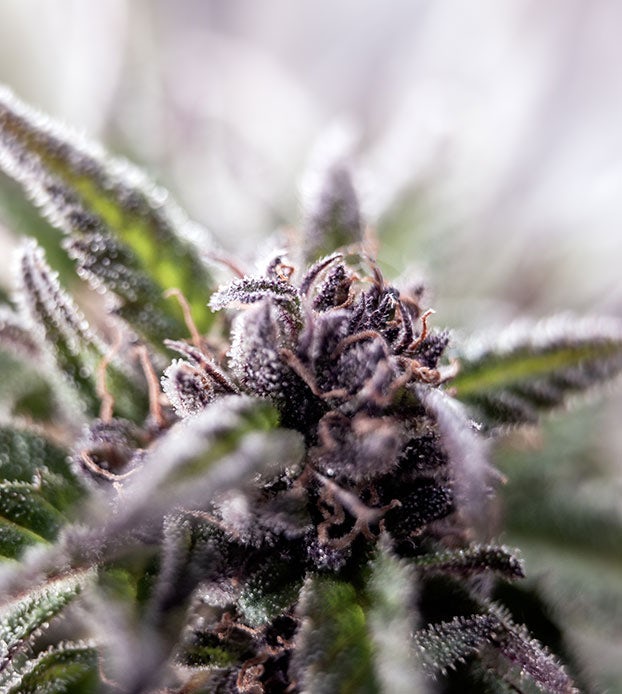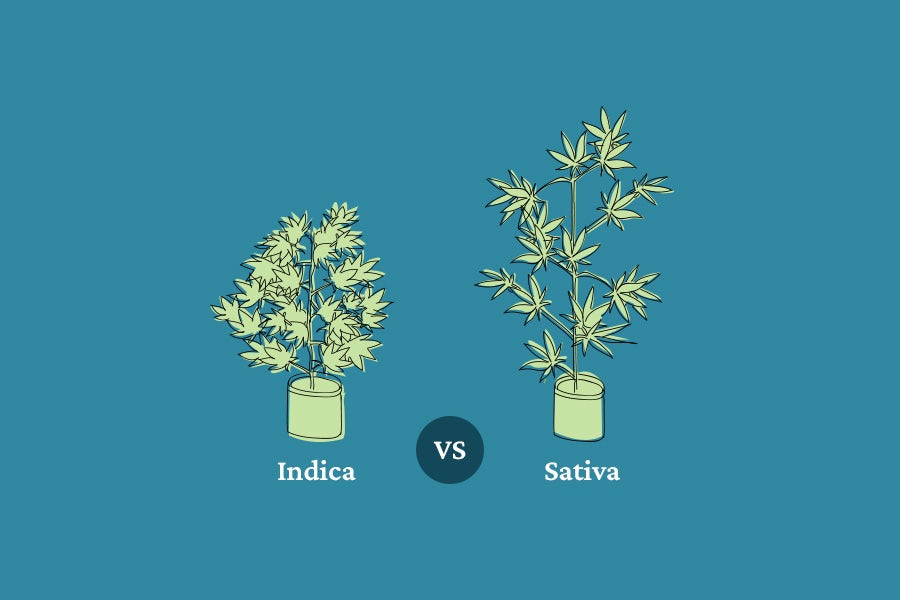Cannabis is referred to as “weed” because it’s a plant that easily adapts to its environment. It doesn’t need much water to survive because its roots deeply penetrate the soil for nutrients to sustain itself.
A frequent mistake among growers is to give cannabis excess water. In fact, it’s easier to kill a cannabis plant from excess water than from a lack of it. A common mistake among first-time growers is overwatering cannabis plants.
The appearance of a thirsty plant
Always look out for the signs your plant will show when it needs water. Fallen leaves, a thinner appearance and, in some cases, having a yellowish tone are some symptoms of lack of water. Sufficient irrigation allows the plant to successfully grow to its potential and develop roots to thoroughly cultivate its nutrients from the soil.
To find out if your plant is thirsty, sink your finger a few inches into the soil. If it’s clean or dry when removing, it’s a sign that your plant needs to be hydrated.
Another way to check the moisture of your cannabis is to raise the planter or pot. This will give you an estimate of the baseline weight of a dry plant. If it weighs more than usual, it means that the plant doesn’t need to be watered. If you hold up the pot after watering it, you’ll be able to tell how heavy it becomes when watered.
The appearance of an overwatered plant is similar to an under-watered plant. The difference is that an overwatered plant’s leaves turn dark green and its tips curl up as if they are hiding from the water in the planter. The roots draw air as the soil dries, so when the soil is overly moist, the plant is essentially unable to breathe.
Again, it’s better to underwater your plant than to overwater it.
Journal your watering routine
Keep a journal when you water your cannabis plant. The amount of water your plant needs will depend on a number of factors such as size, climate, general health, and what stage it’s at in its growth cycle.
Take notes and schedule the irrigation of your plants. It’s best to create a routine where the plants are watered every two or three days. The sooner you find the sweet spot between too wet and too dry, the sooner you will see your cannabis plant flourish.
Humidity and temperature
The cannabis plant cycle includes three stages: bud, plant and flower. The humidity and temperature levels must be adjusted according to each stage, ensuring optimal growth.
Controlling the humidity and temperature for ideal plant growth is actually simple. Dry air causes plants to lose more water than a humid air environment. In drier environments, your cannabis plant will need to be watered more frequently.
The humidity versus decomposition ratio
The right amount of moisture allows the cannabis plant to open its pores and breathe in carbon dioxide. However, excessive humidity can also be detrimental.
An extremely humid environment puts the plant at risk of decomposing and other diseases. Water can accumulate in dense foliage and creates the perfect environment for certain bacteria and fungi to take over.
Different cannabis strains are adapted to different relative humidity and climates. Indica varieties grow best in high altitude regions, in dry environments and can cope with lower temperatures. Sativa, on the other hand, tends to grow naturally in warm subtropical climates and prefers more humid conditions.
Choosing the right temperature is important, as it affects the cannabis plant’s ability to photosynthesize and grow. Generally, temperatures around 25°C is ideal for most cannabis types.
Sign up for bi-weekly updates, packed full of cannabis education, recipes, and tips. Your inbox will love it.

 Shop
Shop Support
Support
